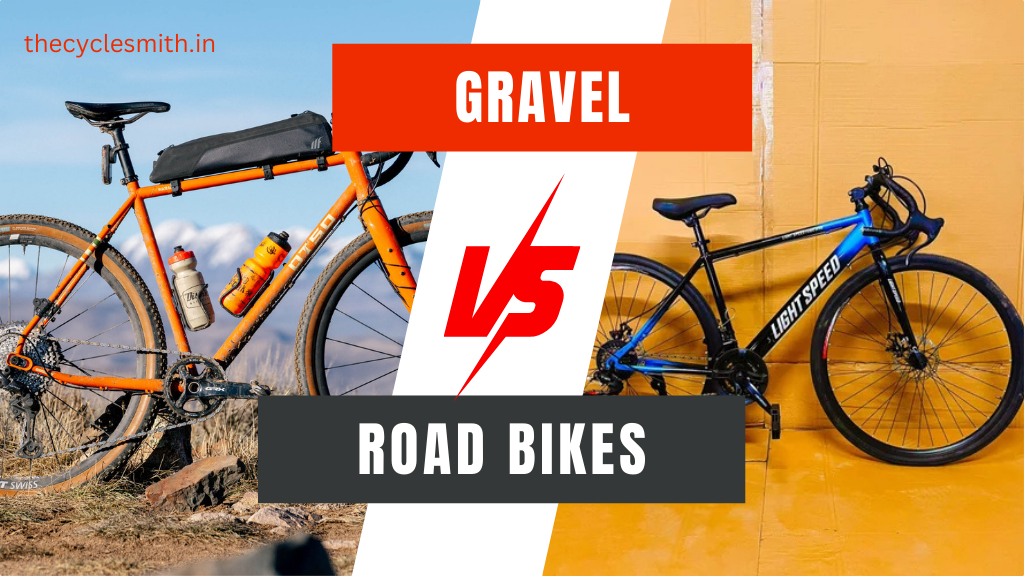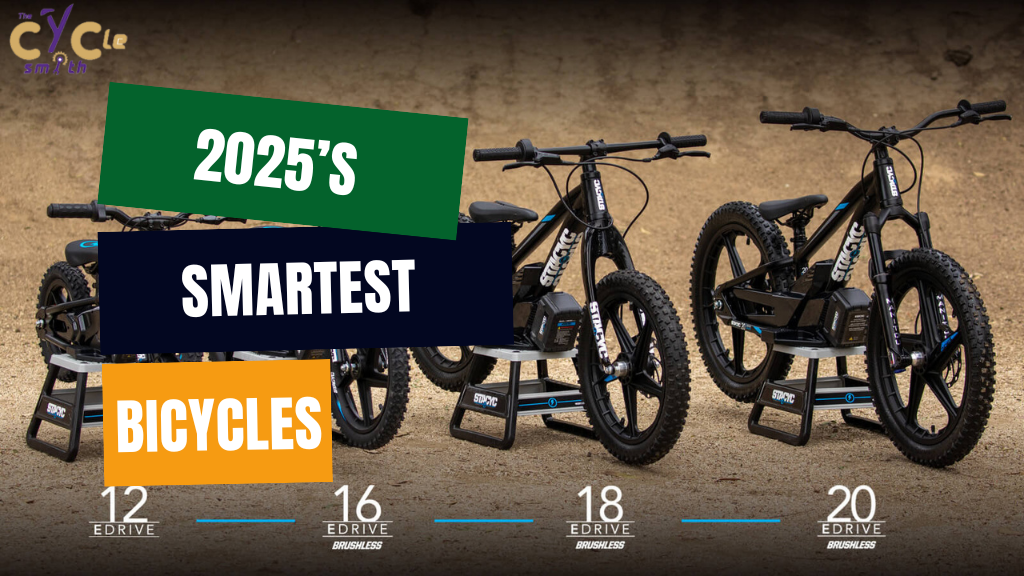When it comes to cycling, having a properly fitted bike is crucial for a comfortable and enjoyable ride. Whether you’re a seasoned cyclist or just starting out, understanding the importance of bike sizing and how to achieve the perfect fit is essential. In this comprehensive guide, we’ll provide you with expert tips and insights on bike sizing to ensure you have a comfortable and pain-free experience on the road.
Why Bike Sizing Matters
Bike sizing plays a vital role in your overall cycling experience. A bike that is too big or too small for your body can lead to discomfort, pain, and even injury. It affects your body position, weight distribution, and pedaling efficiency. By finding the right size and fit for your body, you’ll be able to ride with ease, maximize power output, and minimize the risk of injuries.
Factors to Consider in Bike Sizing
Frame Geometry and Shape
The frame geometry and shape of a bike determine your body position while riding. Different types of bikes, such as road bikes, mountain bikes, and hybrids, have varying frame geometries tailored to specific riding styles. For example, road bikes often have a more aggressive and aerodynamic position, while hybrid bikes provide a more upright and comfortable riding posture. It’s important to choose a bike whose frame geometry aligns with your intended riding style and preferences.
Frame Size
Selecting the correct frame size is crucial for a comfortable bike fit. A bike that is too big will leave you reaching too far for the handlebars, straining your back and shoulders. On the other hand, a bike that is too small can result in cramped leg and body positioning, causing discomfort and potential knee or hip issues. When choosing a bike, consult the manufacturer’s size guide and consider taking a test ride to assess the fit and feel of different frame sizes.
Bike Fit
While frame size is a significant factor in bike sizing, it’s important to note that individual body proportions and flexibility also play a role. That’s where a professional bike fitting can make all the difference. A bike fit involves adjusting key components such as seat height, handlebar position, and reach to optimize your riding position and comfort. A certified bike fitter will consider your body measurements, flexibility, riding style, and any specific concerns or injuries to tailor the bike fit to your unique needs.
Avoid These Mistakes When Sizing a Bike
When getting a bike fitted, it’s important to be aware of common mistakes that can affect the accuracy and effectiveness of the fitting process. By avoiding these errors, you can ensure a more successful and comfortable bike sizing experience.
Mistake 1: Relying Solely on Certification
While certification is important, it’s not the only factor to consider when choosing a bike fitter. The experience and expertise of the fitter are equally crucial. Different fit systems and methodologies exist, but the key is finding a fitter with extensive experience and a solid understanding of your specific needs. Before committing to a fitting, interview potential fitters, inquire about their experience, specialties, and philosophy, and ensure they can provide the level of expertise you require.
Mistake 2: Neglecting the Evolution of Bike Fit
Bike fit has evolved significantly over the years, mainly due to advancements in technology and changes in frame geometry. The fit techniques used decades ago may not be as relevant today. Ensure your fitter is up to date with the latest trends and developments in bike fit. They should understand the history and reasons behind fitting methodologies and be able to adapt them to modern bike designs. A fitter who combines knowledge of both traditional and contemporary fitting approaches will provide the best results.
Mistake 3: Assuming Indoor Fit Comfort Translates to Outdoor Comfort
Bike fittings typically take place in static settings, such as on trainers, which can limit the dynamic movement experienced during outdoor rides. Riding outdoors involves different intensities, positions, and terrain, which can affect your comfort and fit. To ensure a successful fit, try to ride naturally during the fitting process and provide feedback on how your position feels while in motion. Remember that fit adjustments made in a static environment may not fully translate to comfort and performance on the road.
Achieving the Perfect Bike Fit
While a professional bike fitting is highly recommended for optimal results, there are some aspects you can consider and adjust on your own to fine-tune your bike fit. These tips can help you achieve a more comfortable and efficient riding position.
Seat Height and Position
Proper seat height is essential for efficient pedaling and preventing knee strain. When seated on the bike with your foot at the bottom of the pedal stroke, your leg should be almost fully extended, with a slight bend in the knee. Adjust the seat height accordingly, taking into account your individual leg length and flexibility.
The fore/aft position of the seat, also known as saddle position, affects your weight distribution and comfort. A general guideline is to position the seat so that your knee is directly above the pedal spindle when the crank arm is parallel to the ground. Experiment with small adjustments to find the position that feels most comfortable for you.
Handlebar Position and Reach
The handlebar position and reach determine your upper body posture and comfort while riding. The handlebars should be at a height and distance that allows you to maintain a relaxed and natural position. A professional bike fit can help determine the optimal handlebar position based on your body measurements, flexibility, and riding style. However, you can also make minor adjustments by experimenting with different handlebar stem lengths and handlebar angles.
Other Considerations
In addition to seat and handlebar adjustments, there are other factors to consider for a comfortable bike fit:
- Pedal and shoe compatibility: Choose the right pedals and shoes that provide a secure and comfortable connection between your feet and the bike.
- Cleat position: If you use clipless pedals, ensure the cleat position on your shoes aligns with your natural foot angle and provides a balanced pedal stroke.
- Component customization: Depending on your body proportions and specific needs, you may benefit from customizing other components such as the saddle, handlebar width, and stem length.





